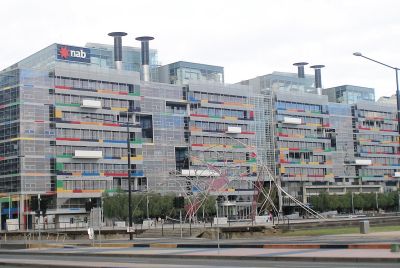New Zealand minister seeks more trade ties with South East Asia: TPP set to alter region’s trade scenario

The visit of New Zealand’s tertiary education Minister Steven Joyce’s to the South East Asian countries of Vietnam and Philippines has put a higher focus on boosting trade relations and strengthening ties in the education sector. The region is New Zealand's fourth largest trading partner.
In Vietnam, Joyce held discussions with government and industry leaders on trade, investment and education. “It's really important that we continue to develop the relationship - we've had obviously our big growth in China and so on, but South East Asia is a very important market. They're very young countries, and they're a big part of New Zealand's future,” the minister said.
Education pact
The visit gave a significant fillip for education collaboration between New Zealand and Vietnam , following the signing of a renewed Education Co-operation Arrangement. The MoU was signed by minister Steven Joyce and Vietnam’s minister for education, Pham Vu Luan, in Ha Noi at the second New Zealand-Vietnam Education Forum.
According to Joyce, about 60 percent of Vietnam’s population of 90 million people is under the age of 30 and Vietnam is heavily focused on improving their education standards. This presents a big opportunity for New Zealand to deliver more joint education initiatives with local partners for building skills for the workforce and in growing the number of Vietnamese students spending some time studying in New Zealand.
TPP impact
Meanwhile, the much anticipated Trans Pacific Partnership agreement known as “21st century trade agreement,” binding 12 nations including the United States and Japan will be a game changer in South East Asia. The TPP, covering 40 percent of global trade, will significantly alter South East Asia’s trade land scape. The major South East Asian nations in TPP are Vietnam, Malaysia, Singapore and Brunei. The region is also noted for a range of issues including regulation of state-owned enterprises in the state-centric economies. The TPP is expected to bring in significant financial and social reforms to these countries for creating a level playing field for foreign investment. It is also expected to usher in progressive labour standards and environmental protections.
According to a report in The Diplomat, many of the region’s economies, including Singapore had been championing protectionist policies and their high tariffs have restricted foreign competition. In fact, Vietnam and Malaysia have the world’s highest tariffs and non-tariff barriers that curb foreign businesses.
The report also noted that TPP will have a wind fall on some of the economies. A study by Peterson Institute noted that Vietnam will be a winner under the TPP framework. Jack Sheehan, a partner at DFDL also supported that view. He noted that in 2012, Vietnam exported almost $7 billion (AU$ 9.4 billion) worth of apparel to the US, which was 34 percent of US apparel imports. Once TPP is in place, Vietnam will be able to export apparel to the US at a zero tariff rate.
(For feedback/comments, contact the writer at feedback@ibtimes.com.au)





















